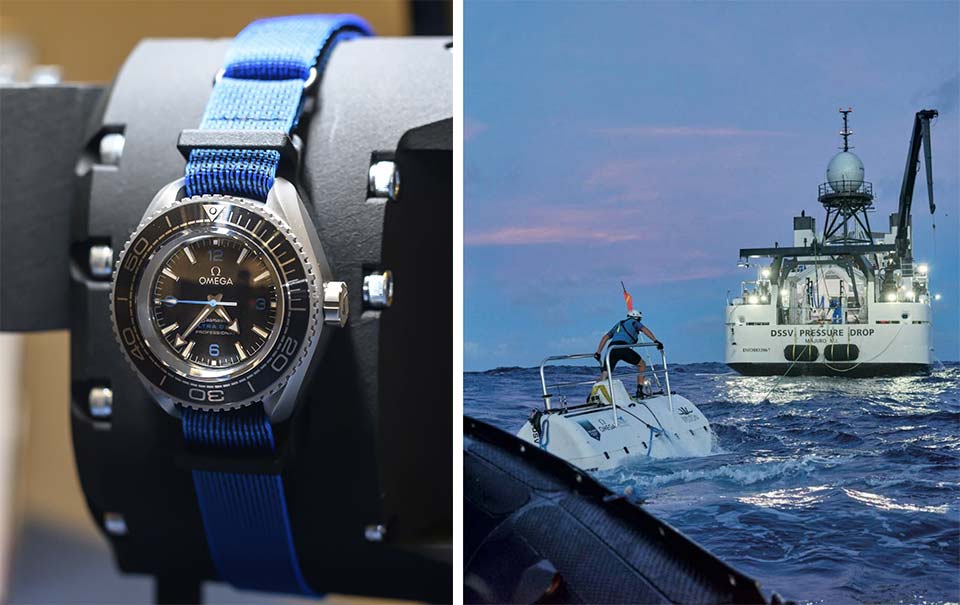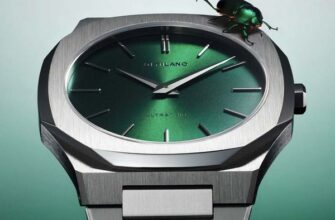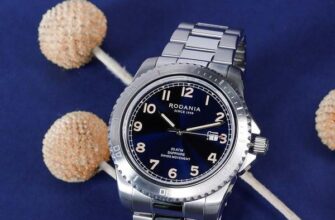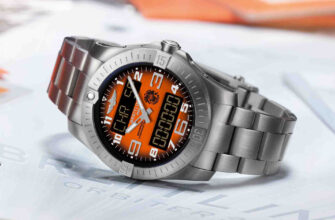From school years we know: water is the basis of life. In any case, protein life. But for inanimate objects, water can be fatal! The hydrogen in its composition is not in itself terrible (it is he who is considered to give birth to water, hence the name), with oxygen it is more complicated.
What is the danger?
According to its name again, it causes oxidative reactions. For metals, they are extremely unpleasant: after all, this is corrosion. Iron rusts and eventually crumbles to dust! Even bronze - and that, which is based on copper, is covered with a patina, and it would be okay, the patina can be beautiful, although it gets dirty ... And bronze monuments turn green over time, and this is just ugly. All the same oxidation ...
The monuments are big, but here we are about very small things - about clocks. Water is their worst enemy! Watch movements are extremely sensitive to it, because mechanical calibers contain dozens or even hundreds of miniature parts, most of which are metal. And in electronic (quartz) - thin microcircuits. All this water is categorically contraindicated! Even the ingress of water vapor and its subsequent condensation inside the case is harmful to the watch. What can we say about the penetration of water as such ...
By the way, it may not get to corrosion. Filling the watch case with water will quickly immobilize the movement and, in the case of the electronics, short circuit the circuits. An analogy can be made with a living organism: a land creature, placed in water, suffocates ... The nature of the phenomenon, of course, is different, but the result is the same - fatal.
What is WR?
Therefore, it is natural that watch manufacturers protect their products from water. There are exceptions - for example, when creating women's high-jewelry watches, as a rule, they do not care about protection: it is assumed that these accessories do not get into “wet” conditions at all. But these are precisely the exceptions. Almost all models of wrist watches have such characteristics as case water resistance, water resistance, and water resistance.
International term - in English: Water Resistance, WR. This same WR is indicated in atmospheres or in meters: one atmosphere corresponds to 10 meters of water column pressure. The dials and case backs are marked: WR 30 m, or WR 3 ATM, or WR 3 BAR. We have taken the number 3 here as an example; it may be different. What - we'll figure it out soon.
In the meantime, let's say very important: this very WR 30 m does not mean at all that with this watch on your wrist you can dive under water to a depth of 30 meters! In no case! That is, more precisely, it is possible to dive, only the hours after that will come to an end ...
The fact is that, according to global practice, the WR is set based on the results of watch testing in a special chamber where overpressure is created. We will not delve into the testing technology, because something else is important: the pressure to which the case is subjected during testing is static. And if the clock has withstood, say, 3,75 atmospheres, then WR 3 ATM is assigned to them - the standards provide for a margin of 25%. However, we repeat, this is 3,75 - static! And when you swim or, moreover, dive, dynamics also affects you and your watch: the pressure of water created by the very movements of your hand.

Watch Sector:

What can you do in a waterproof watch?
In the instructions for use of a wristwatch, a plate is usually given, which tells what "water procedures" are allowed with a particular nominal water resistance of the case. This plate is more or less standard, we give it here:
| WR | Splashing, rain | Swimming, washing dishes, taking a shower | Snorkeling | Scuba diving |
| 30 m | Yes | no | no | no |
| 50 m | Yes | Yes | no | no |
| 100 m | Yes | Yes | Yes | no |
| 200 m | Yes | Yes | Yes | Yes |
| 1500 m | Yes | Yes | Yes | Yes |
How do they provide water protection?
This is us, purely for fun. The main method is elastic pads. It is clear that the joints of the case elements are vulnerable, so they are sealed - glass, back cover, crown, buttons (if any). The last three components are threaded to increase the impermeability. Well, professional watches for deep-sea diving are made especially durable, because the pressure there can not only overcome the gaps, but also simply crush the case.
Moreover, strength is ensured in a comprehensive manner: by the use of appropriate materials, and by the design features (for example, a monocoque), and the dimensions (primarily thicknesses) of its elements.
Two watch brands among the most famous in the world are fighting for the record for the real depth of watches, these are Rolex and Omega. The Omega Seamaster Planet Ocean Ultra Deep Professional watch is currently the leader, three of which, on the Limiting Factor bathyscaphe case, have safely sunk to 10928 m - the bottom of the Challenger Abyss in the Mariana Trench. And during preliminary tests, the pressure reached 1500 atmospheres, which corresponds to a depth of 15 km!
The case of this model is made of titanium, has a diameter of 55 mm and a thickness of 28 mm. The design largely goes back to the shape of the hatches of deep-sea vehicles. A special concern of the creators was glass: firstly, it is very convex (literally a dome), and secondly, it was possible to "put" it on the body without the use of polymer seals. Instead, a specially developed "hot assembly" technology was used on the LiquidMetal alloy.

What to do if water protection is violated
Let's return from the ocean depths to the earth. Or at least to the depths for ordinary people. What to do if water penetration is detected inside the watch?
If this is just condensation on the inside of the glass, then you can just wait - you look and it will pass by itself. But still, even in this case, not to mention the more serious ones, the answer to the question "What is to be done?" - only one: carry to the workshop. There are, of course, "folk" methods of treatment, such as (with the back cover removed): drying with a hairdryer, a session in the sauna, prolonged placement by the stove (fireplace, heating radiator), burying rice in a pile ...
No, we do not recommend! For high-quality drying is possible only in a sufficiently dry atmosphere, and it is almost impossible to create it in domestic conditions (as for the sauna, it is really dry there, but it is hot, and this is harmful for watch oil and other delicate matters). Yes, and the required air purity cannot be ensured - one or the other speck of dust does not know what gets into the mechanism, but does he need it?
And, of course, taking care of your watch is paramount! A crack on the glass, even a micro crack - change the glass without delay. And do not forget to do regular maintenance for your watch - in particular, because the seals dry out over time and no longer "hold".









